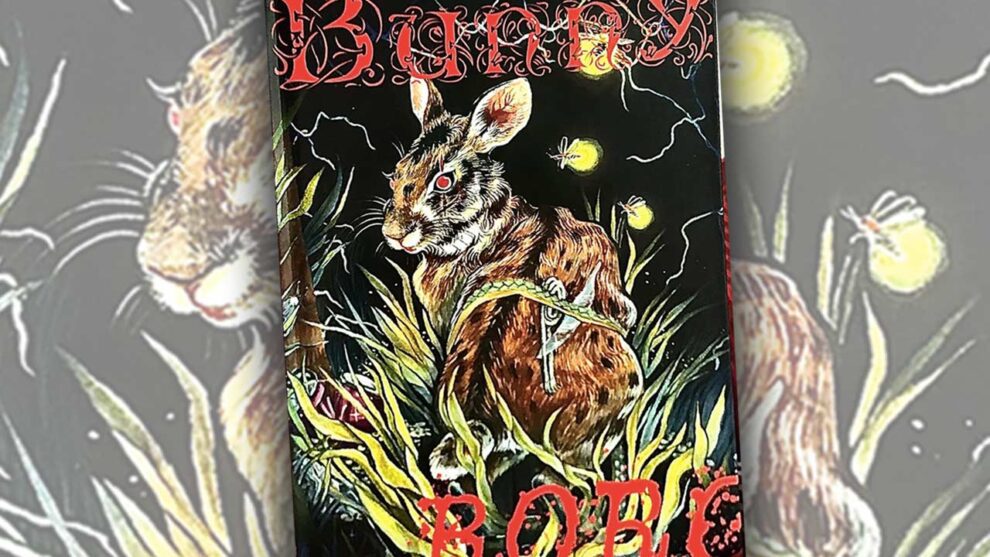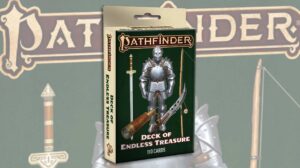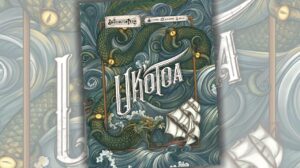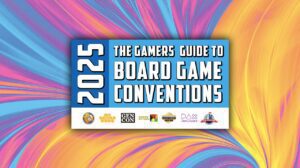Disclosure: Meeple Mountain received a free copy of this product in exchange for an honest, unbiased review. This review is not intended to be an endorsement.
The Redwall series defined my childhood. I couldn’t get enough of those mice, otters, and badgers going on adventures in Mossflower Woods and showing that heroes came in all shapes and sizes. My love of stories centered around animal protagonists continued with the likes of The Secret of Nimh and Bunnicula. Seeing the cover and art of Bunny Borg unearthed a pile of nostalgia throwing me back into those whimsical worlds, albeit this time with a darker undercurrent laced with Mad Max and the occult. Let’s find out more about this MÖRK BORG compatible book.
Bunny Borg Overview
MÖRK BORG paved the way for Bunny Borg with its grimdark, apocalyptic theme coupled with a lighter ruleset similar to those found in OSR (Old School Revival) games. Characters only have four main attributes, with skill challenges and checks coming in with the standard d20 plus modifier to overcome a DC. Death is frequent, forcing you to drive your characters like stolen cars—in the words of John Harper, creator of Blades in the Dark.
As with any BORG-style book, the layout and art direction requires a small adjustment period to get used to. Bold, evocative art bounds across every page, splattered with text that would make any readability experts squirm. But that’s the schtick of the system; heavy metal influences meld with roleplaying elements to immerse the reader in an experience not beholden to publishing ‘best practices.’
Players of Bunny Borg become bunnies, viewing the world through a lens where cars are terrible beasts and tumbling plastic bags are suffocating apparitions. It’s a dangerous life, hopping from the Labyrinth of Agony—which is just a Lumber (read: human) subdivision—towards the natural pastures of the Last Haven. Locales and class details are left open-ended in a rules-lite style that invites players and Gamemasters to come up with their own unique interpretations without requiring a bunch of rote memorization upfront.
There are six classes to play as: the resourceful Scrapper, the supportive Scufflewort, the scrappy Scamp, the perceptive Shaman, the insightful Seedwhiskers, and the cryptic Warlock. There’s nature, herb, and blasphemy magic, weapons and armor, and even the option to play as a skeleton or spirit bunny. It gives shades of The Brave Little Toaster as well, with the way that blasphemy magic is based around Lumber technology, chemicals, and microplastics.
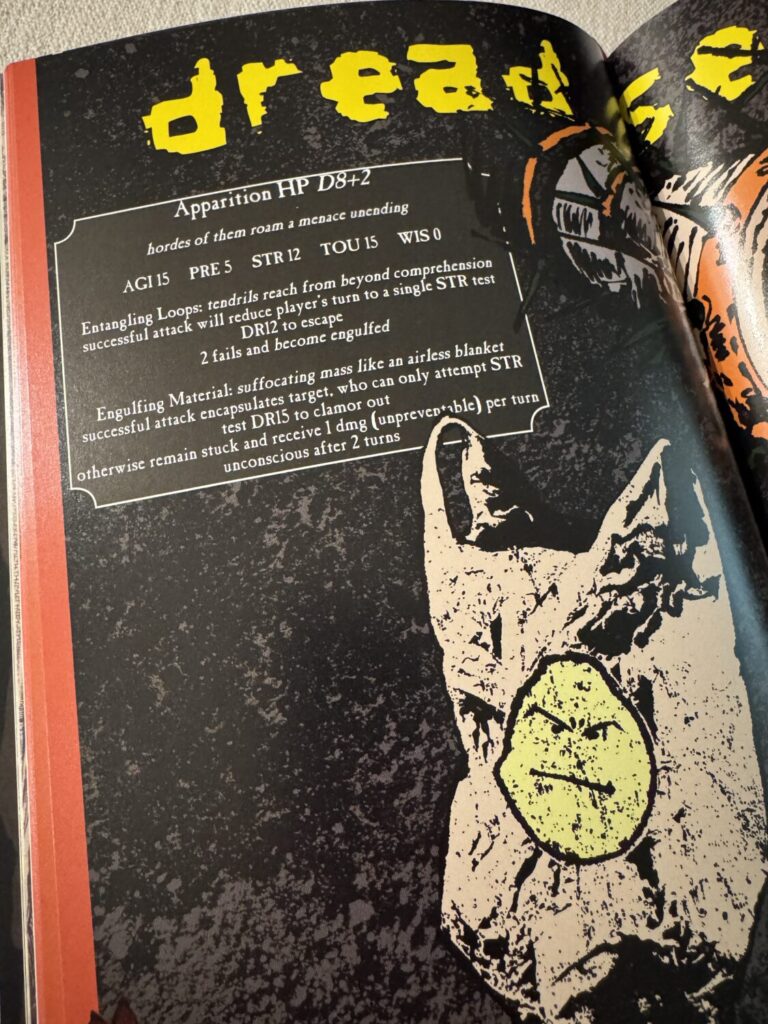
There are countless tables for everything, streamlining the character creation process and making it easy to improvise situations on the fly. In fact, I generally skim over tables unless I specifically need to use them in other games, but their structure in Bunny Borg is a welcomed sight amongst the boisterous text vying for my attention.
In a world of countless terrors, you can bet that there are a number of enemies to pull from, or use as templates for your own creature creations. Airborne foes like hawks and owls precede insects like mosquitos and fleas. Suddenly you don’t have to begin your adventures fighting giant rats anymore! A regular rat does just fine!
The last section of the Bunny Borg is an adventure called ‘The End of Hibernation’ that forces the bunnies into a situation where they are jostled from their deep slumber to find the world in upheaval. It’s a focus on survival, navigating through the unknown, and simply trying to reach a place where you can find the respite you deserve. It’s presented in a digestible way that makes it a fitting introduction to the system without letting the foot off the gas pedal.

Bunny Borg: Burrow in Deep
One thing I appreciate about Bunny Borg is that you have to make it to page 27 before you even get to the meat of how to play the game. Borg games are about atmosphere and gravitas, piling on extra helpings of Deeper’n’Ever Turnip’n’Tater’n’Beetroot Pie so that there’s no mistaking the mood and the stakes. Plus you really only need two pages to understand the basics of playing the game and rolling dice, leaving the rest of the book to flesh out the grungy, apocalyptic horror these games are known for.
The Devil’s Tongue section also stands out to me as a way that the author, Peter Hauschulz, showcases the level of detail and thought that went into this world. Rabbits are smart creatures, and they are able to piece together the cryptic runes of the Lumbers—our words and alphabet—despite not being able to speak the language. There are certain words that the various classes would be familiar with, affording the chance to roll difficult checks to perceive the rest. Those Danger High Voltage signs? I’m sure the Warlock would be able to recognize those and provide ample warning to the herd. Especially since the Seedwhiskers condemn anything Lumber related and don’t know any runes.
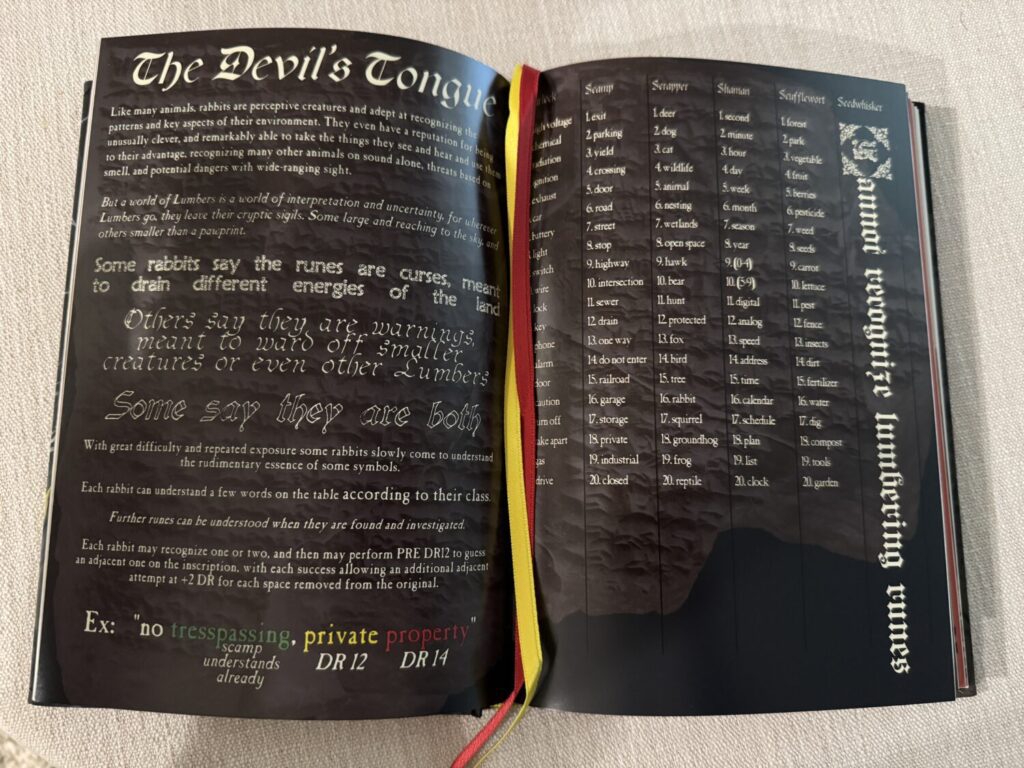
From the Gargantua beasts of metal and smog to the rumbling boxes of terrifying washing machines, I feel like I’m a foot tall, hopping for my life in a foreign world filled with danger at every turn. Unsettling art conveys a setting wrought with despair and warped by a bestial lens. Bunny Borg prompts stories told from outside the safety of the warren, forcing us to confront fears and persist.
There are portions of the book that feel unrefined, like the re-use of art—the Scrapper art is used twice—and some of the maps in the adventure that look messy with their broad, spray-painted outlines. There are some errors, notably in the Devil’s Tongue section that mentions Scamps understanding the word ‘Trespassing’ when ‘Private’ is the word that’s actually in their table. It’s rough around the edges, but I can overlook those things for the sake of the ambiance and tone lying between the covers.
Don’t be fooled—Bunny Borg is a world of calamity and mayhem. There are no candied chestnuts to be found here. Even so, Bunny Borg is sweet.


